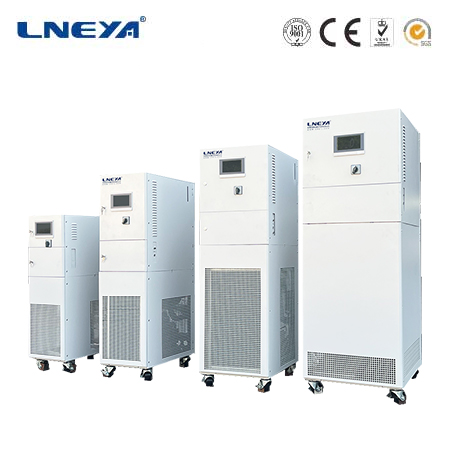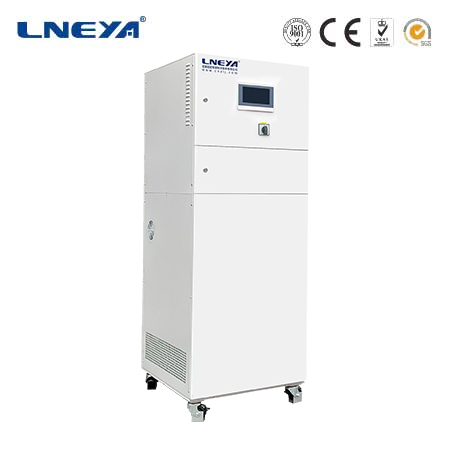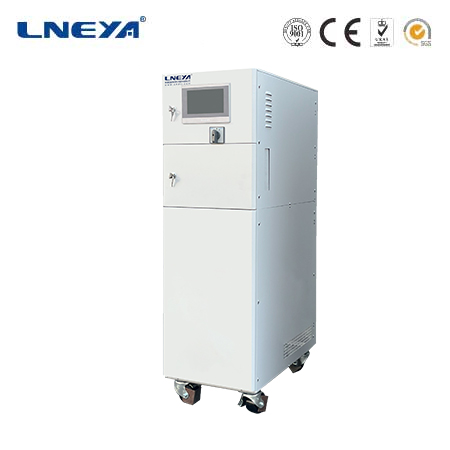chiller layout
Understanding Chiller Layout
A chiller layout is the configuration of components within a chiller system, designed to optimize cooling efficiency and performance. Chiller systems are essential in various applications, including industrial processes, commercial buildings, and HVAC systems. The layout of a chiller system can significantly impact its energy consumption, operational costs, and overall effectiveness.

Types of Chiller Layouts
Direct Expansion (DX) Systems:
In DX systems, the chiller unit is directly connected to the evaporator without a secondary coolant. These systems are simple and compact but may not be as efficient as indirect systems in larger applications.
Primary-Secondary Systems:
Primary-secondary systems, also known as decoupled systems, separate the chiller loop (primary) from the building distribution loop (secondary) using a bypass pipe. This allows for independent control of each loop and is beneficial for systems with varying load demands and chiller capacities.
Variable-Primary, Variable-Secondary Flow (VPVS) Systems:
VPVS systems combine features of primary-secondary systems with variable flow rates in both loops. This layout can result in lower overall system pumping energy and improved control dynamics, especially with chillers that have limited flow turndown capabilities.

Advantages of Different Chiller Layouts
Primary-Secondary Systems:
Easy to expand and accommodate asymmetry in chiller capacity and size.
System controls can stage chillers on load, temperature, or flow, simplifying operation and enhancing reliability.
VPVS Systems:
Often result in the lowest overall system pumping energy.
Reduce system load versus chiller interaction, improving control dynamics and stability.
Easier sequencing of chillers, despite differences in capacity, flow, or pressure drop.
Disadvantages of Different Chiller Layouts
Primary-Secondary Systems:
Higher initial cost due to additional pumps and connections.
Cannot compensate for chronic airside low chilled-water ΔT (temperature difference).
VPVS Systems:
Higher first cost for new installations compared to variable-primary-flow systems.
Requires more complex control systems to manage variable flow rates.
Best Practices for Chiller Layout

Sizing and Piping:
Size the bypass pipe based on the largest design flow of one chiller, not the distribution pipe diameter, to prevent unintended mixing of supply and return chilled-water streams.
Ensure the bypass is free of restrictions and about an equivalent length of ten pipe diameters.
Control Strategies:
Use chiller controllers that can communicate between multiple chillers, allowing for load sharing and improved energy efficiency.
Monitor critical valve positions at the cooling coils and use trim-and-respond logic to reset distribution pump pressure setpoint and minimize pump energy.
Conclusion
The layout of a chiller system is a critical factor in its performance, efficiency, and energy consumption. Understanding the different types of chiller layouts and their respective advantages and disadvantages is essential for designing and implementing chiller systems that meet specific cooling requirements while optimizing energy use. As the market continues to evolve, new technologies and control strategies will further enhance the efficiency and reliability of chiller systems.
Related recommendations
cooling heating
296IntroductionCooling and heating are two interrelated aspects of thermal management that play a crucial role in numerous aspects of modern life. From creating cozy living spaces during cold winter...
View detailssmall glycol chillers
442Understanding Small Glycol Chillers Small glycol chillers are crucial in industries such as food and beverage, pharmaceuticals, and chemical processing, where precise temperature control is ess...
View details30 ton air cooled chiller
38130 Ton Air-Cooled Chiller: Industrial Cooling Solutions Air-cooled chiller systems are essential in industries where precise temperature control is required. A 30-ton air-cooled chiller, in par...
View detailswater chillers australia
201Types of Water Chillers in AustraliaWater - Cooled ChillersWater - cooled chillers are a popular choice for large - scale industrial applications and some commercial buildings in Australia. Thes...
View details
 LNEYA Thermal Test Chillers
LNEYA Thermal Test Chillers







HelloPlease log in